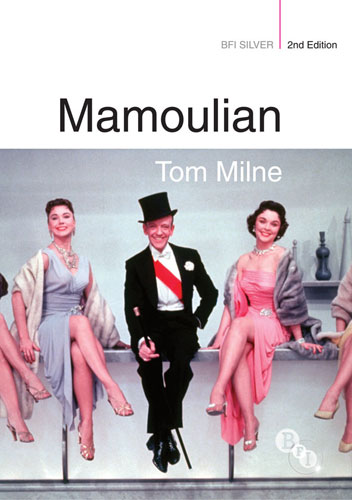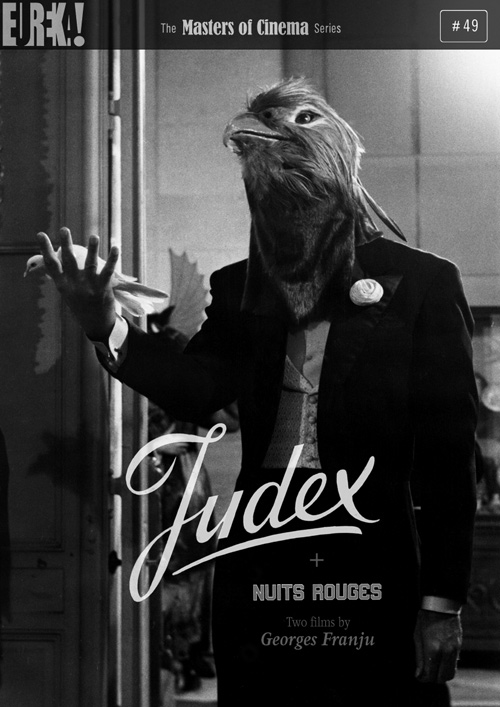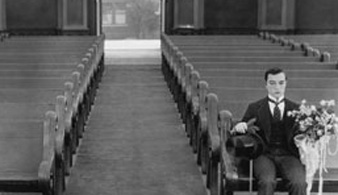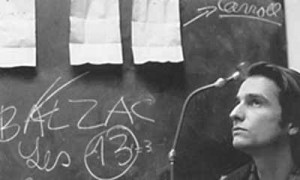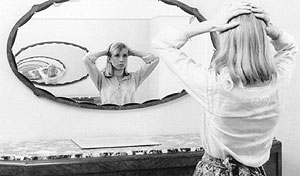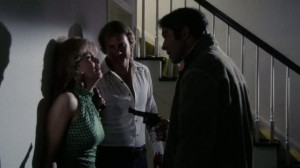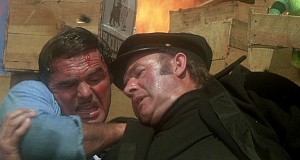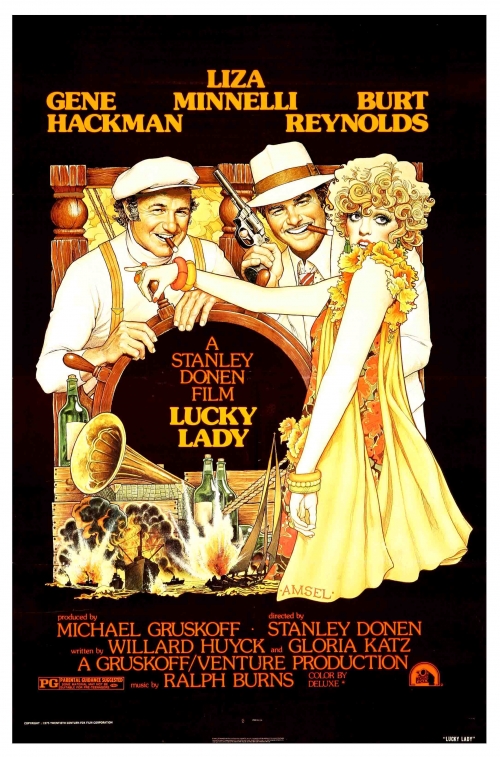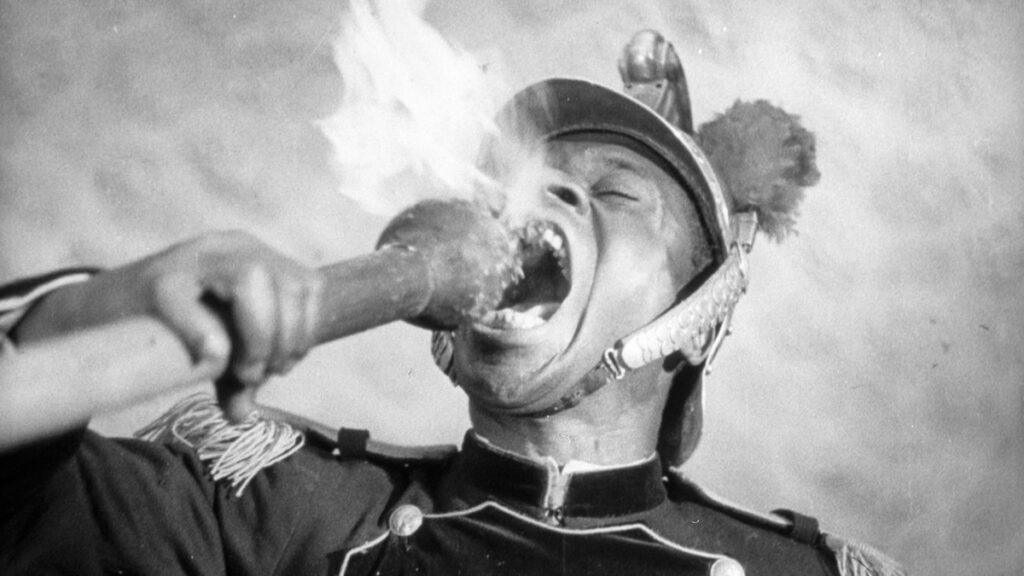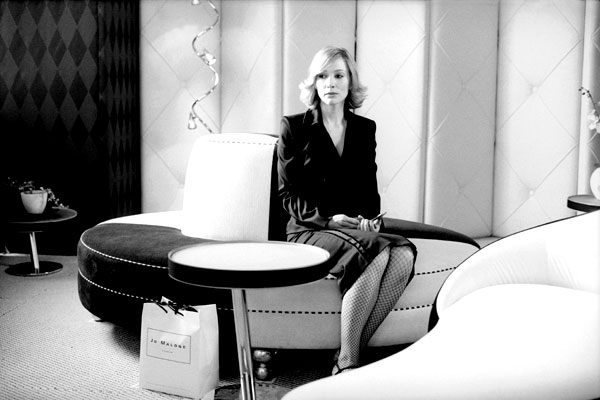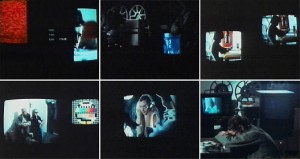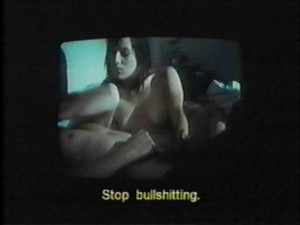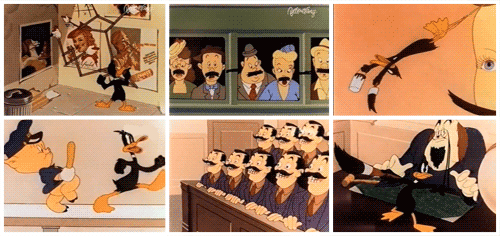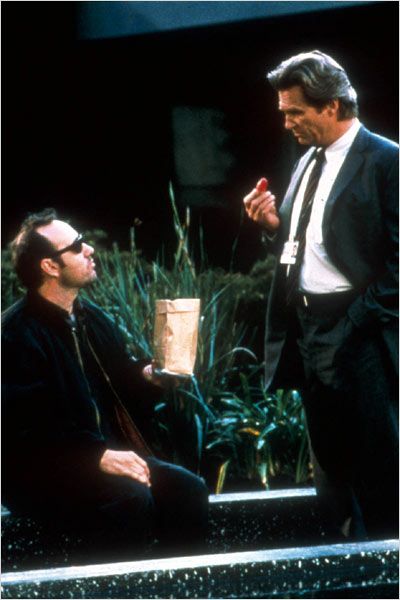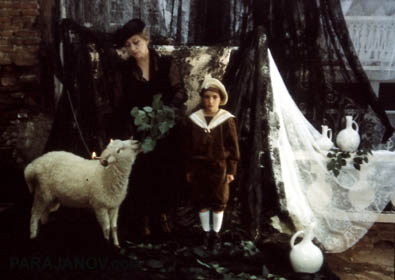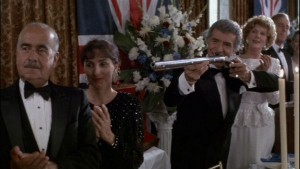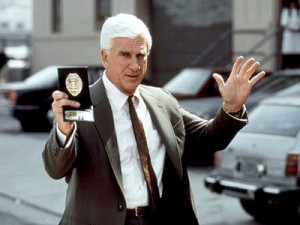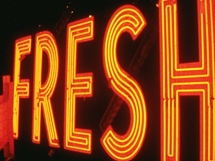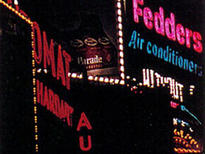From Sight and Sound, February 2006. — J.R.
I was a fan of Tom Milne’s writing before I ever met him, having not only read his passionate criticism religiously in Sight and Sound during the 1960s, but also having selected his review of Franju’s Judex for a never-published anthology, Film Masters, that I edited in New York, shortly before I moved to Paris in 1969. I acquired permission to reprint it from Penelope Houston, the magazine’s editor (whose vibrant review of Last Year at Marienbad I was also including), and having published virtually nothing of my own at the time, I was inordinately pleased when Penelope wrote me back that Tom had said, “Whoever he is, tell him he’s got taste,” for that review was one of his own favorites.
I think I must have met him for the first time circa 1974, in London, when I was preparing to live there and start work as assistant editor to Richard Combs on Monthly Film Bulletin, Sight and Sound’s sister magazine at the BFI. As a former assistant to Penelope, Tom was still a key contributor to both magazines; one might even call him — I would indeed call him — the key contributor, as well as a mainstay at the office in all sorts of other, more practical ways (such as deputy editing and proofreading, for example). Read more


